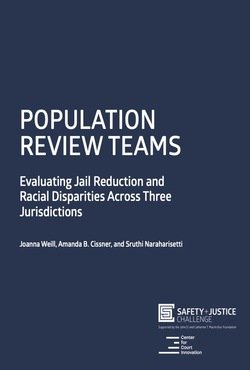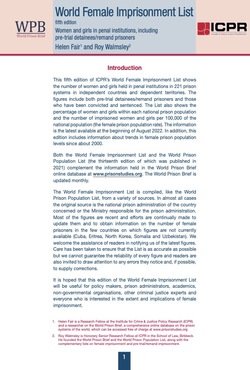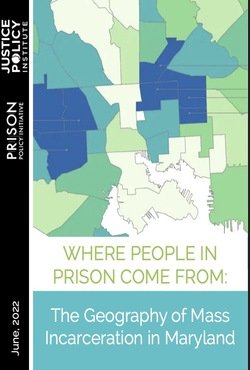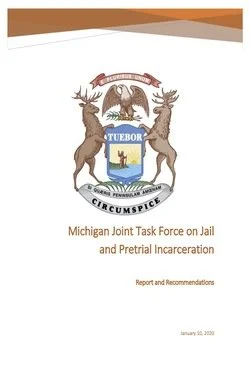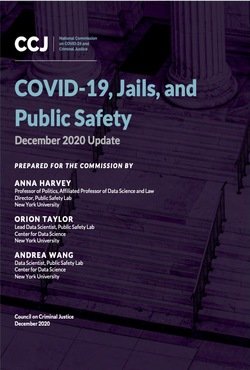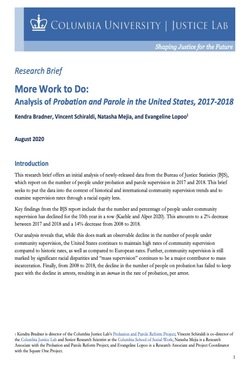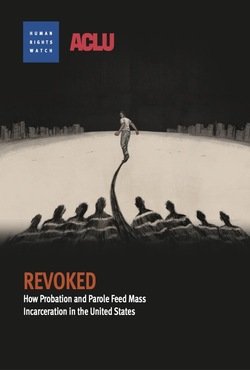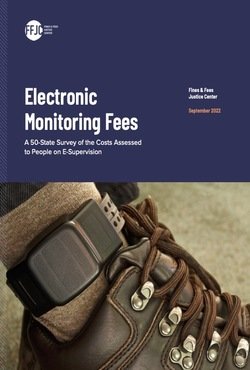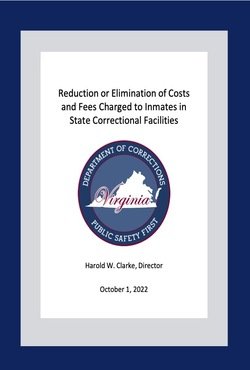By Joanna Weill, Amanda Cissner, and Sruthi Naraharisetti
The United States incarcerates more people than any other country in the world, with a rate of 537 of every 100,000 U.S. residents behind bars by the beginning of 2021. Nearly one-third of those incarcerated are held in local jails, most during the pretrial period, before they have been convicted of any crime. In 2019, local jails across the U.S. held an average of 734,500 individuals each day. The onset of the COVID-19 pandemic in 2020 intensified calls to reduce jail populations, since the frequent turnover and commonly cramped communal living conditions proved ideal for spreading the virus. Accordingly, the spring of 2020 saw a dramatically declining jail population for the first time in a decade—the result of both fewer new admissions and expedited release for those already detained. Still, more than half a million individuals were held in local jails by mid-2020, and evidence suggests that the early COVID-generated reductions have not been sustained. By the latter half of 2020, jail populations had crept back up, nearing pre-pandemic levels. Racial and ethnic disparities in jail populations are well-established. While Black individuals comprised 13% of the total U.S. population in 2019, they accounted for a third of those in jail (34%). Racial disparities permeate every step of the criminal justice process: Black individuals are more likely than White individuals to be arrested and detained awaiting trial; those who are held pretrial are then more likely to be convicted. Once convicted, Black individuals receive longer jail and prison sentences than White individuals. Declining jail incarceration…..
-
early into the COVID-19 pandemic exacerbated existing racial disparities; incarceration rates among Black individuals declined 22% from 2019 through mid-2020, while those for Whites declined 28%; rates for Latinx and Asian individuals decreased 23% and 21% respectively. This trend underlines the reality that without strategies deliberately tailored to address racial disparities, general efforts to reduce jail populations will not necessarily lead to greater racial and ethnic equity.
New York: Center for Court Innovation, 2022. 34p.


